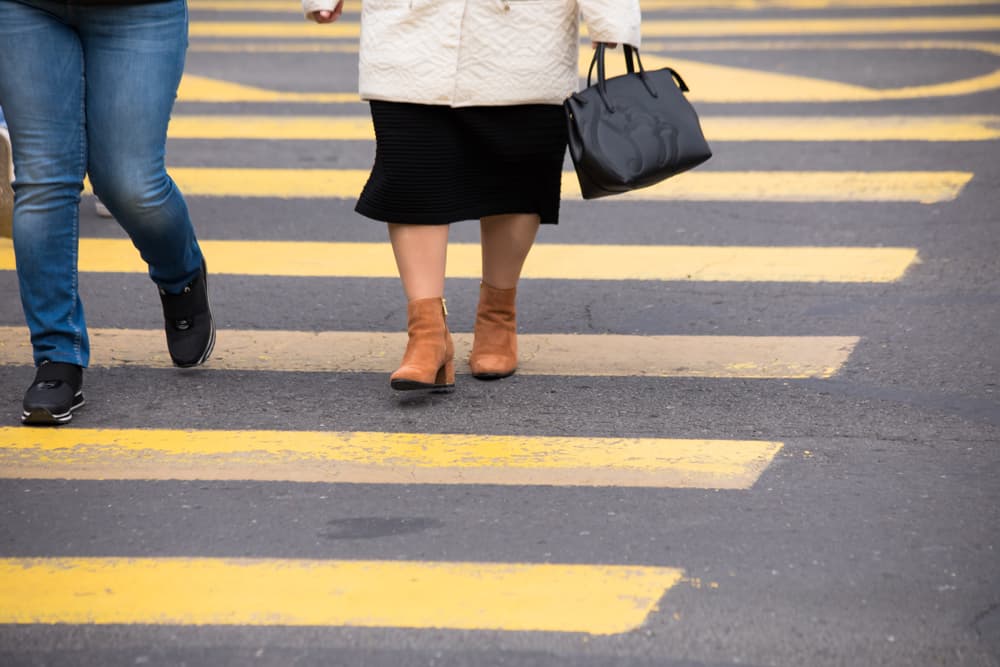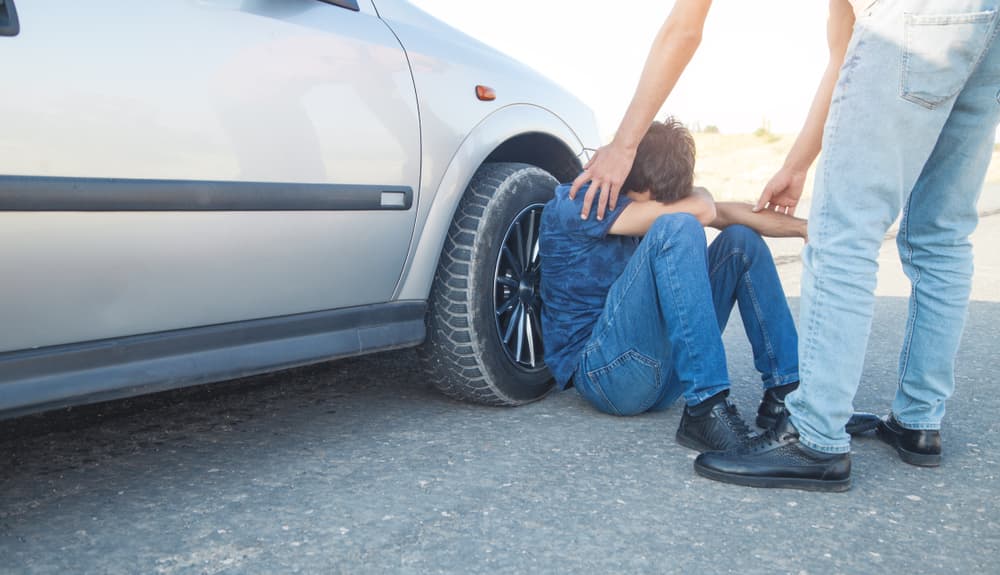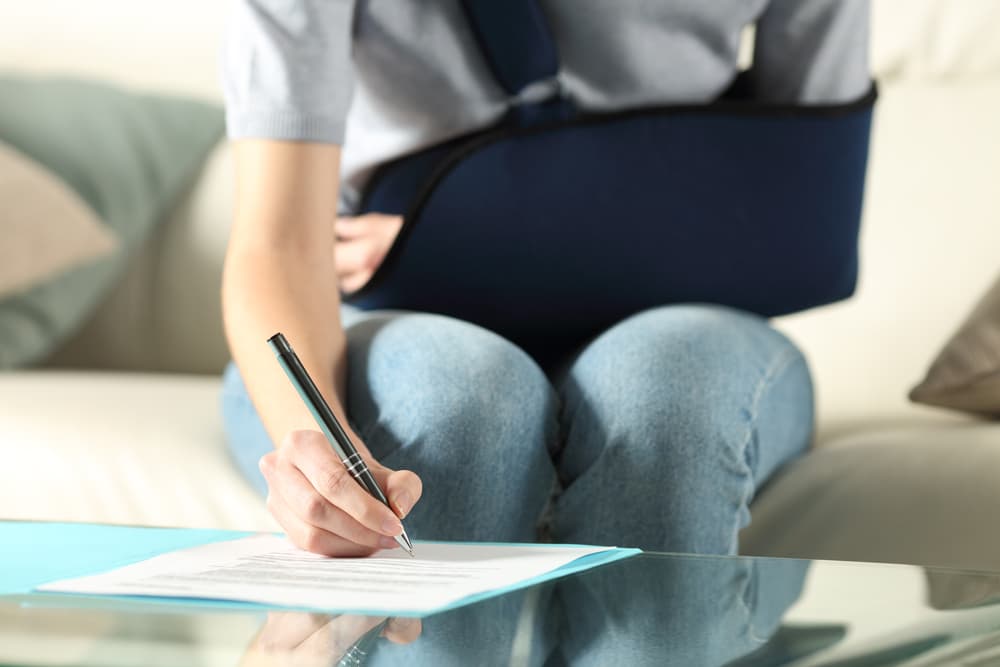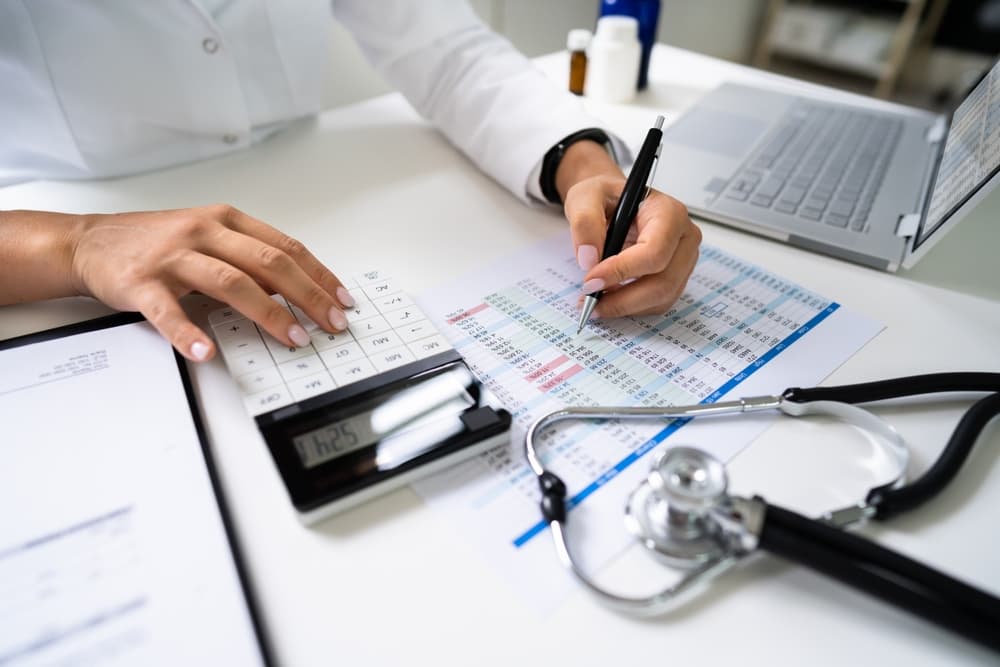Pedestrian accidents frequently happen when drivers behave carelessly – especially in areas where pedestrians are present, like traffic intersections, parking lots, and parking garages. Because pedestrians have limited protection, they stand to suffer serious injuries in an accident scenario.
If you suffered injuries in a recent pedestrian accident, a knowledgeable pedestrian accident attorney can investigate the circumstances, determine your options, and pursue the compensation you deserve. Your lawyer can also handle all settlement negotiations with insurance company representatives and aggressively represent you during all litigation proceedings to pursue fair compensation.
How do Negligent Drivers Cause Pedestrian Accidents?
Negligent drivers can cause pedestrian accidents in many ways, often due to a lack of attention, recklessness, or disregard for traffic laws. One common scenario is distracted driving, where the driver’s attention is diverted away from the road, perhaps by texting, talking on the phone, adjusting the radio, or eating. In these moments of distraction, drivers may not see pedestrians, leading to collisions.
Speeding is another significant factor. When drivers exceed the posted speed limit, they have less time to react to unexpected situations, such as pedestrians crossing the street. Additionally, higher speeds increase the severity of accidents, making it more likely for pedestrians to sustain severe injuries or fatalities.
Failing to yield to pedestrians at crosswalks or intersections is a prevalent cause of accidents. Negligent drivers may ignore traffic signals or fail to stop completely at stop signs, putting pedestrians at risk as they attempt to cross the street legally. Sometimes, drivers fail to anticipate pedestrians’ movements, leading to collisions when pedestrians have the right of way.
Driving under the influence of alcohol or drugs is a particularly egregious form of negligence. Impaired drivers have reduced reaction times and impaired judgment, making it more likely for them to strike pedestrians or lose control of their vehicles.

Another common cause of pedestrian accidents is failure to signal while turning. Pedestrians may not anticipate a vehicle turning if the driver does not use their turn signals, leading to collisions at intersections or crosswalks.
Poor visibility conditions, such as driving at night or in inclement weather, can further exacerbate the risk of pedestrian accidents. Drivers may have difficulty seeing pedestrians in low-light conditions or lose control of their vehicles on wet or icy roads, increasing the likelihood of accidents.
Finally, aggressive driving behaviors, such as tailgating, weaving in and out of traffic, or ignoring right-of-way rules, can create dangerous situations for pedestrians. Aggressive drivers are more likely to engage in risky maneuvers that put pedestrians at risk.
If you suffered injuries in a pedestrian accident resulting from driver negligence, an experienced pedestrian accident lawyer can file a claim on your behalf and pursue the compensation you deserve.
Where are Pedestrian Accidents Most Common?
Pedestrian accidents can occur in various locations, but some places are more common.
- One common location is at traffic intersections, where roads meet and traffic from different directions converges. Intersections are busy areas where vehicles turn, stop, and cross paths, increasing the risk of pedestrian accidents.
- Another common location for pedestrian accidents is crosswalks. While crosswalks are designated areas for pedestrians to cross the street safely, accidents still occur due to driver negligence, failure to yield, or poor visibility conditions.
- Pedestrian accidents also frequently happen in urban areas with high pedestrian traffic, such as city centers or downtown areas. In these bustling environments, pedestrians and vehicles often share the same space, increasing the likelihood of accidents – especially during peak hours.
- Roads without designated sidewalks or pedestrian infrastructure also pose significant risks to pedestrians. Accidents can occur when pedestrians must walk on the road shoulder or in traffic lanes without a dedicated space to safely walk away from vehicle traffic.
- Parking lots and parking garages are other locations where pedestrian accidents commonly occur. These areas are often crowded with vehicles moving in and out of parking spaces, creating potential hazards for pedestrians navigating through the area.
- Additionally, residential areas with heavy foot traffic, such as neighborhoods near schools or playgrounds, are prone to pedestrian accidents. Children playing or walking to and from school may not always be aware of their surroundings, increasing the risk of accidents – especially when drivers fail to observe lower speed limits or exercise caution in these areas.
- Finally, areas with poor lighting or visibility, such as poorly lit streets or areas with obstructed views, increase the likelihood of pedestrian accidents. Inadequate lighting makes it difficult for drivers to see pedestrians, especially at night or during adverse weather conditions.
Common Injuries in a Pedestrian Accident

Pedestrian accidents can result in a range of physical and mental injuries, some of which can have long-lasting effects on victims’ lives.
- One of the most common physical injuries that pedestrian accident victims may suffer is fractures or broken bones. When a vehicle strikes a pedestrian, they may suffer fractures to their arms, legs, hips, or pelvis, depending on the point of impact and the force of the collision. These injuries often require extensive medical treatment, including surgery, rehabilitation, and physical therapy, and can lead to long periods of immobility and disability.
- Head injuries are another common consequence of pedestrian accidents – particularly if the victim is not wearing a helmet. Traumatic brain injuries (TBIs), concussions, and skull fractures can occur when a pedestrian’s head strikes the ground or the vehicle, leading to cognitive impairments, memory loss, and changes in behavior or personality. Severe head injuries can also have devastating effects on a person’s quality of life and may require ongoing medical care and support.
- Soft tissue injuries, such as bruises, lacerations, and sprains, are also frequently observed in pedestrian accident victims. These injuries may seem less severe than fractures or head injuries, but they can still cause significant pain, discomfort, and limitations in mobility. Soft tissue injuries often require medical treatment to manage pain and promote healing, and they may leave behind scars or disfigurement, which can have psychological effects on the victim.
- In addition to physical injuries, pedestrian accidents can also result in various mental health issues for victims. Post-traumatic stress disorder (PTSD) is a common psychological consequence of traumatic events like pedestrian accidents. Victims may experience flashbacks, nightmares, anxiety, and hypervigilance, which can interfere with their daily functioning and quality of life.
- Depression and anxiety are also prevalent among pedestrian accident victims, especially if they suffer from chronic pain, disability, or disfigurement as a result of their injuries. Coping with the physical, emotional, and financial burdens of an accident can take a toll on a person’s mental well-being, leading to feelings of hopelessness, isolation, and despair.
Successfully Proving a Pedestrian Accident Case
Successfully proving the legal elements of a pedestrian accident claim or lawsuit requires gathering evidence and demonstrating several key factors. First, establishing negligence on the part of the driver is essential. Negligence refers to a failure to exercise reasonable care, which results in harm to others. To prove negligence in a pedestrian accident case, the following elements must typically be established:
- Duty of Care – The plaintiff must demonstrate that the defendant (the driver) owed them a legal duty of care. In pedestrian accidents, drivers have a duty to drive safely and adhere to traffic laws to prevent harm to pedestrians.
- Breach of Duty – The plaintiff must show that the defendant breached their duty of care by acting negligently or recklessly. This can involve behaviors like speeding, distracted driving, failing to yield, or driving under the influence of alcohol or drugs.
- Causation – The plaintiff must also establish a causal link between the defendant’s breach of duty and the pedestrian’s injuries. In other words, the plaintiff must demonstrate that the defendant’s actions directly led to the pedestrian accident and resulting harm.
- Damages – Finally, the plaintiff must prove that they suffered actual damages due to the pedestrian accident. This includes physical injuries, lost earnings, pain and suffering, and any other losses incurred due to the accident.

To successfully prove these elements and strengthen a pedestrian accident claim or lawsuit, various types of evidence can be collected and presented:
- Eyewitness testimony – Statements from eyewitnesses who observed the accident firsthand can provide valuable insight into what occurred and who was at fault.
- Police reports – Official police reports documenting the details of the accident, including any citations issued to the driver, can serve as important evidence.
- Surveillance footage – Video footage from nearby surveillance cameras or dashcams can provide visual evidence of the accident and help to establish fault.
- Medical records – Documentation of the pedestrian’s injuries, medical treatment received, and prognosis can substantiate the extent of their damages.
- Accident reconstruction – In complex cases, accident reconstruction experts may analyze the evidence and recreate the events leading up to the accident.
By gathering and presenting compelling evidence to support the legal elements of negligence and damages, pedestrian accident victims can improve their chances of obtaining fair compensation for their injuries through a successful claim or lawsuit.
Successfully Litigating a Pedestrian Accident Case in the Court System
Litigating a pedestrian accident case involves navigating the legal system to seek compensation for the injured pedestrian’s damages. Here’s a breakdown of the steps involved in the litigation process:
- Filing the Complaint—The litigation process begins with the filing of a complaint, a formal legal document that outlines the pedestrian’s allegations against the at-fault party (usually the driver). The complaint initiates the lawsuit and sets the basis for the pedestrian’s claims, including negligence and damages.
- Service of Process – After the complaint is filed, the pedestrian’s lawyer must serve the defendant (the driver) with a copy of the complaint and a summons, notifying them of the lawsuit and their obligation to respond.
- Response from the Defendant – Once served with the complaint, the defendant has a certain period to file a response. The response may include answering the pedestrian’s allegations and any defenses the defendant wishes to raise.
- Discovery – Discovery is when both parties exchange information and evidence relevant to the case. This may include written interrogatories, requests for documents, and depositions (sworn testimony). Discovery allows each side to gather information to support their claims and defenses.
- Settlement Negotiations – Throughout the litigation process, the parties may negotiate to resolve the case without going to trial. Settlement negotiations may occur at any stage of the litigation process, and a settlement agreement may occur at any time before a verdict.
- Trial – If the case proceeds to trial, both parties present their arguments and evidence to a judge and/or jury. The trial typically consists of opening statements, witness testimony, presentation of evidence, closing arguments, and jury instructions. After deliberation, the judge or jury will render a verdict.
A knowledgeable pedestrian accident attorney can handle every step of the litigation process for you and work to maximize your overall compensation.
Common Types of Damages in Pedestrian Accident Cases

In a pedestrian accident claim or lawsuit, there are various categories of compensation, also known as damages, that injured pedestrians may be entitled to receive. These damages aim to compensate the pedestrian for the losses and harm they have suffered in the accident. Here are some common categories of compensation:
- Medical Bills – Claims seek compensation for all medical expenses for pedestrian injuries, including past and future treatment. This can range from initial emergency trauma care and transportation to ongoing physical therapy and health aids for permanent injuries.
- Lost Income – Pedestrian accident victims may be entitled to compensation for any income lost due to their injuries. This includes compensation for missed work days, reduced earning capacity, and any future lost income if the injuries prevent them from returning to work or earning the same income as before the accident.
- Pain and Suffering – Pain and suffering damages compensate the pedestrian for the physical pain, discomfort, and emotional distress resulting from the accident and their injuries. This category of compensation is subjective and may vary depending on the severity of the victim’s injuries, the duration of recovery, and the effect on the pedestrian’s quality of life.
- Emotional Distress – In addition to physical injuries, pedestrian accident victims may suffer emotional trauma, such as anxiety, depression, post-traumatic stress disorder (PTSD), or other psychological injuries. Compensation for emotional distress aims to address the psychological effects of the accident and help the pedestrian cope with their mental health challenges.
- Loss of Enjoyment of Life – If the pedestrian’s injuries result in a diminished ability to participate in activities they enjoyed before the accident, they may be entitled to compensation for loss of life enjoyment. This category of damages acknowledges the effect of the injuries on the pedestrian’s ability to engage in hobbies, social activities, and other aspects of daily life.
By seeking compensation in these common categories, pedestrian accident victims can receive financial support to cover their lost income, pain and suffering, emotional distress, and other losses incurred as a result of their accident.
Speak with an Experienced Pedestrian Accident Lawyer about Your Case Today
Pedestrian accidents can lead to permanent injuries and sometimes lifelong complications. If you sustained injuries in a recent pedestrian collision, you should consult with a skilled personal injury lawyer as quickly as possible. Your lawyer can file a claim or lawsuit and pursue the compensation you need to become whole again.